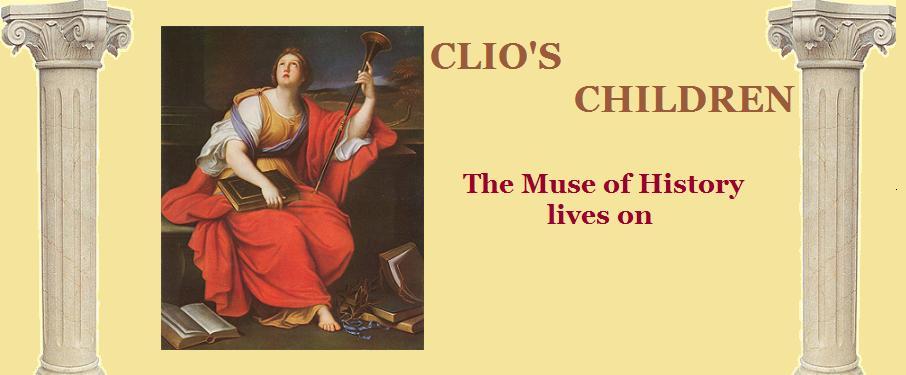I always find it amazing how life takes us down paths we never intended. Sometimes they’re pleasant garden paths, sometimes dark twisting alleys, but always, unexpected and full of new things to learn. For this American mother of many, the road of classical music took an unexpected turn and plunged deeply into the world of Robert the Bruce, medieval warrior king of Scotland.
Bruce, too, found his life’s path diverging sharply from his expectations. Born into a peaceful kingdom under Alexander III, he died as Scotland’s greatest warrior king. The life of peace disappeared with Alexander’s fall over a cliff in the night. His only heir, a young granddaughter, died soon afterward.
As a descendent of David I of Scotland, Bruce’s grandfather fought for the crown of Scotland in the wake of Alexander III’s death. Edward I of England assigned the throne, instead, to John Balliol. This lasted exactly as long as King John complied with Edward’s wishes, meaning: not long. Less than four years later, Balliol found himself stripped, literally, of his title, and his kingdom subjected by the English. His forced abdication on July 10, 1296, left Scotland at war without a king. Into this gap stepped William Wallace of Braveheart fame, rising against the English, and the brief rule of Scotland by guardians, including both Wallace and Bruce.
In the wake of Balliol’s exile to France and Wallace’s death, the fight for the crown of Scotland resumed, this time between Bruce and John Comyn. The fight came to a head on February 10, 1306, in Greyfriars Kirk in Dumfries. There, Bruce killed Comyn in front of the altar. He knew he would be excommunicated for the act, which would prevent him being crowned. Racing against messengers to the Pope, he sped to Scone and his coronation before ex-communication could be pronounced.
On assuming the throne of Scotland in 1306, his queen, Elizabeth remarked, “Alas, we are but King and Queen of the May such as boys crown with flowers and rushes at the summer sports.” Indeed, there were few at his side at his coronation: three earls, three bishops, an abbot, his four brothers, and a handful of supporters. Soon enough, even these would be dispersed. Within a year of his crowning, three of his brothers and several of his closest friends and supporters would be executed—hanged, drawn, and quartered—by the English, and his wife, sister, and daughter captured and imprisoned.
Born to nobility and castles, Bruce’s path led him, instead, to living with his few followers in caves and finally fleeing to the western islands, where he relied on the good will of Angus Og and Christina MacRuairi even for food and shelter.
In February of 1307, Bruce launched his attack on the English. Shortly after, Edward I, Longshanks, of England died, leaving his less competent son, Edward II, as king. Seven years of guerrilla warfare followed, in which Bruce steadily gained followers and re-gained what Edward I had taken. In 1314, he led a small Scottish army to Stirling to meet ‛the largest army the world had ever seen,’ twenty miles, according to some, of mounted knights, foot soldiers, archers, and supply wagons, led by Edward II.
But Bruce’s many years in a harsh and unforgiving school had taught him to use the land. By coming early, choosing his ground, and preparing it with murder pits and caltrops to pierce the English chargers’ hooves, Bruce did more than merely survive or defend, but masterminded the routing of an army three to five times the size of his own.
The Scots’ victory at Bannockburn, unfortunately, meant little to Edward II. Bruce spent the next years fighting the English both in Ireland and in frequent raids across the English border, in an attempt to force Edward to accept the very easy terms of the treaty offered after Bannockburn: that he recognize Scotland as an independent nation and Bruce as king.
In 1320, Scotland’s nobility sent the Declaration of Arbroath to Pope John XXII, asserting their independence, and naming Bruce their lawful king. It is one of the first European documents to propose the idea of a contract between a king and his people.
The Treaty of Edinburgh-Northampton, ratified in 1328, ended the First War of Scottish Independence, which had co-opted the path of Bruce’s life. Having achieved his lifelong hope of reclaiming his country, Bruce lived his remaining year in peace. He died at his manor of Cardross on June 7, 1329, at the age of 54. His body is buried at Dunfermline Abbey in Fife, and his heart at Melrose Abbey.
Robert the Bruce stands today alongside William Wallace, as Scotland’s greatest hero, and a testament to living life boldly and courageously, regardless of what mountains your path may climb.
Tuesday, April 20, 2010
Subscribe to:
Post Comments (Atom)





1 comments:
Thanks for the brief history! I enjoyed it.
Post a Comment